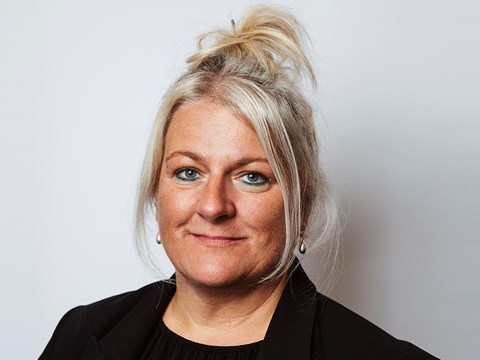Cross-functional teams call for focus on relationships
16 Jul 2019
Is there any business that isn’t discussing how to keep ahead of their customer’s expectations? Or indeed working out how to build customer experiences that are satisfying from end to end, and still deliver on the brand promise?
Making this work means the end of silos. It fundamentally shifts how a business needs to work both internally and with its external marketing partners (including agencies).
External marketing partners increasingly need to be fully embedded with internal teams (Insight, Analytics, Proposition Development, Project Management, Brand etc.) and with each other, in order to create programs that genuinely engage customers and join up all the channels through which they choose to interact with the brand. This landscape requires a different team set-up, different processes and a fundamental change in ways of working. The answer has to be cross-functional teams.
All brands are on this journey to build cross-functionality and true collaboration. It’s complex and challenging, and our view is that change is too painful, too slow and is delivering varying degrees of success and efficiency. The reason is that in all this change management, we are not focusing enough on relationships and people.
A change is decided at a senior level but its success is determined by how it is implemented in the day-to-day reality. Are the smart – but possibly less experienced – marketing teams within brands and their partners empowered to make change happen? Are agencies and partners joining up and collaborating to help the client break down silos? Are they then working hand-in-glove with the internal teams, to drive the right change? How are repeated blocks and barriers such as budget ownership being removed to accelerate success?
New cross-functional teams must include a wide range of capabilities and personality types to create the alchemy that unblocks new thinking and unleashes game-changing new ideas. But we’re idealistic if we think they won’t need some help in coming together and forging respectful and productive teams. Any new cross-functional team needs nurturing, whatever their remit.
The effectiveness and success of any team is evident in the detail, and in our view the signs of success can be seen when the following aspects are considered:
- How teams come together, physically and remotely;
- How teams behave and interact;
- How easily ideas and thoughts are built on;
- How quickly information is shared;
- The quality of the information that’s shared;
- How constructive disagreements are handled;
- How blocks and barriers are overcome;
- How the relationships work under pressure;
- How consistently success is articulated across the team;
- Who wants in? Who cites this team – unprompted – as being the game changers?
Much as we all want collaboration and cross-team functionality to just work, it is by making subtle changes in all these aspects that enormous leaps can be made, and genuine pain points taken away from your people.
So how do you drive those subtle changes? At some brands you need to ask permission to change first, and at others you ask for forgiveness afterwards. You’ll know which culture you have, what will come naturally and what needs your helping hand to nurture.
To help focus where your assistance will have most effect, our advice is:
- Ask your teams what the blocks are to making this cross-functional approach really work? Ask them individually and as a team to get the complete story, and then collectively prioritise what matters most.
- Take the “what will make the biggest difference” list and differentiate between the factors the team influences and controls, and those that are your responsibility. Act accordingly.
- Lean into what you have no control over and be honest in how you handle that conversation. Adam Morgan’s “Beautiful Constraint” approach to turning limitations into advantages always helps to soften the blow and can produce surprising results.
That said, we often find a healthy dose of external objectivity can bring new perspectives, reframing an internal view of the root causes of any problems, and offering new ideas and solutions that can drive marketing effectiveness.
Within AAR’s ‘Drive’ consultancy, we use a mix of quant, qual and observational techniques to fuel relevant, pragmatic and bespoke recommendations. The observational aspect is critical to our approach and success, and includes fully immersing ourselves in your world, into the very heart of the team, for a short period of time. This is essential to see the natural flow and rhythm of the team at work, and to assess how the different parts come together to drive towards the vision.
If you think AAR can help drive more effective cross-functional teams or indeed have any questions about our experience of what works to fast-track success, come and have a chat.
About The Author




